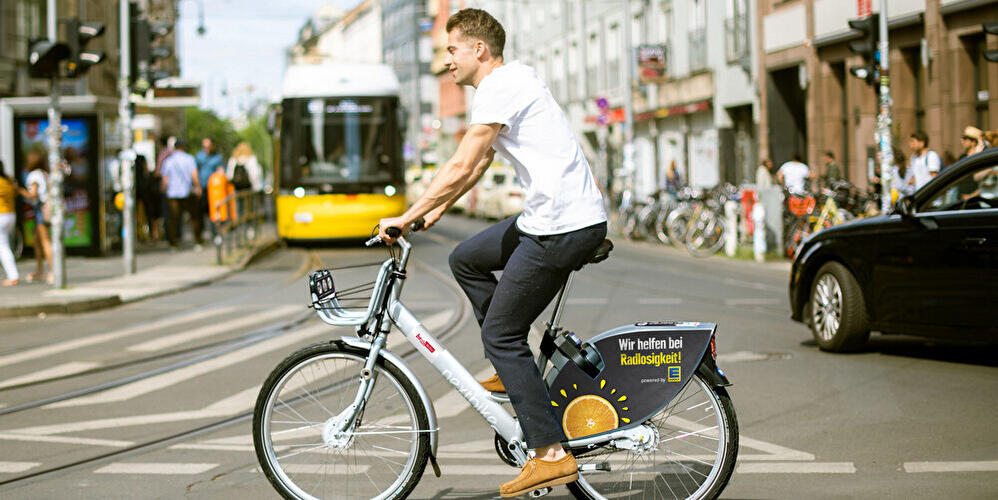
Photo: Nikolay-Kazakov-for-Volocopter
Volocopter sets out city roadmap for scalable urban air mobility
25 March 2021
by Christopher Carey
Urban air mobility (UAM) firm Volocopter has published a roadmap for cities that sets out what is needed to incorporate the emerging mobility mode into the transport ecosystem.
The 52-page Roadmap to Scalable Urban Air Mobility covers topics ranging from physical infrastructure and energy requirements to staff training.
“Volocopter is leading the pack for implementing urban air mobility internationally. With our VoloCity and chosen go-to-market approach, we can fit into the existing ecosystem well enough to get started in the next two to three years,” said Florian Reuter, CEO of Volocopter.
“However, in order to subsequently scale our operations in a safe and efficient manner, we need to establish a comprehensive and integrated UAM ecosystem. This is what we are doing together with our partners.”
Market picture
As well as providing technical and operational details the whitepaper gives a glimpse into the complexity of the ecosystem around the aircraft, and gives an overview of what UAM is, what progress has been made, and how Volocopter plans to implement its UAM services in cities like Singapore and Paris with a scalable business approach.
The paper claims that the UAM industry is expected to have a £9.72 trillion (US$13.33 trillion) addressable market by 2035, with a £207 billion (US$284 billion) market potential.
Over half of the market potential lies in passenger mobility (e.g. air taxi services), and the rest is covered by logistics, such as cargo services.
In December 2019, The European Union Aviation Safety Agency (EASA), Europe’s aviation regulator, granted Volocopter Design Organisation Approval (DOA), which is the licence required to develop and build certified aircraft.
Liverpool trials
Elsewhere, the Drone Major Group has announced that it will operate a ‘test and development area’ in the Liverpool City Region as part of plans to create a pathway to develop operational capabilities in urban logistics.
The Phoenix I project will be delivered in partnership with the Liverpool City Region Combined Authority (LCRCA) and several regional partners, including LogisticsUK, Peel Ports Group, SP Energy Networks, Manufacturing Technology Centre (MTC) Liverpool John Lennon Airport, the University of Liverpool and Liverpool John Moores University.
Steve Rotheram, Metro Mayor of the Liverpool City Region, said: “The Liverpool City Region is a digital powerhouse. We have the world class infrastructure, expertise and ambition to be leaders of the Fourth Industrial Revolution. It’s fantastic to see the Drone Major Group recognising that by choosing to open their test and development area here.
“This project will deliver new jobs and investment and will attract people to our area not just to work but to study too, knowing that we are working on cutting edge and exciting projects such as this.”
Urban Sky
Last September, the World Economic Forum (WEF) and the City of Los Angeles released a roadmap to support the roll-out of Urban Air Mobility (UAM) in cities globally.
Principles of the Urban Sky was developed over nine months through a collaboration of more than 50 manufacturers, service providers, infrastructure developers, academics, community organisations and government planners.
It set out seven guiding principles for UAM: sustainability, safety, equity of access, low noise, multimodal connectivity, local workforce development and purpose-driven data sharing.
According to NASA, UAM is likely to be a commercially viable market for air metro services by 2028, assuming the regulations and policies are in place to accommodate it.
Image: Nikolay-Kazakov-for-Volocopter










